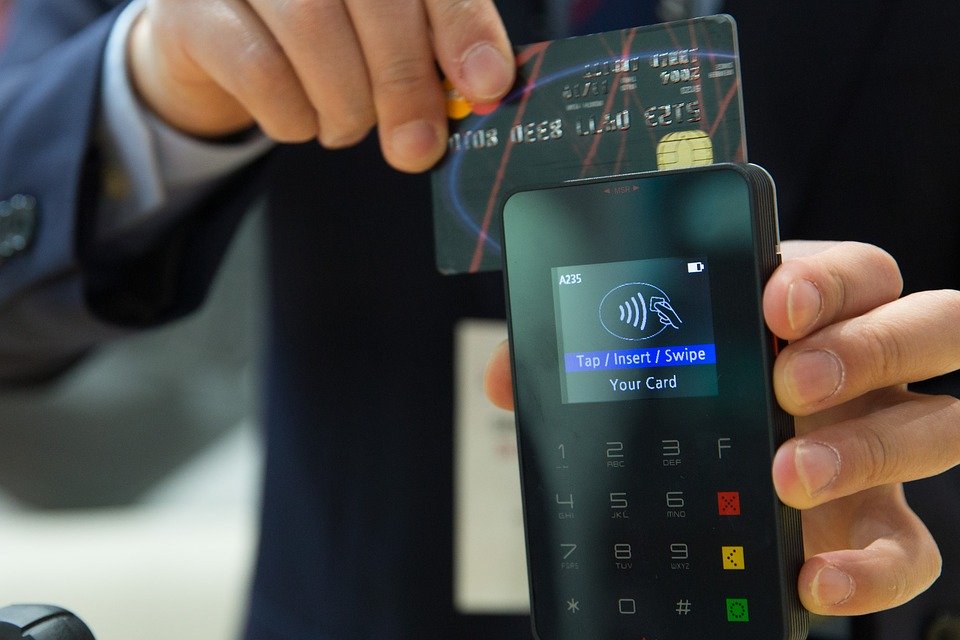For decades now, consumers have been enjoying the convenience of easy payments via credit cards. People prefer credit cards since they come with attractive payment options, such as easy EMIs, and rewards.
Moreover, if you repay the amount in time, you can enjoy the credit without having to pay any interest. This interest-free grace period is one of the most lucrative features of credit cards. Cards also help build credit.
Cards can also reduce your credit score if you don’t know what you’re getting into. Before applying for a credit card, you need to learn about those costs. Up next we’re going to tell you about credit card swipe fees.

What is Swipe Fee?
Every time that you swipe your credit card, a percentage of the transaction amount goes to the bank. This is called the swipe fee and it may vary according to the merchant’s card volume and other factors.
On average, 2% of the credit card transaction amount is charged as a swipe fee. For some premium cards, this fee can be as much as 4%. Banks collaborate with credit card companies and their Electronic Fund Transfer (ETF) partners to provide credit card services.
For every purchase, a percentage is paid by the merchant to the bank. A smaller percentage of the amount is paid to the merchant’s bank at the back end.
How Do Swipe Fees Work?
When you swipe your credit card at a store, your bank will charge a fee on processing the transaction. This fee will be a percentage of the total transaction amount. For debit transactions, the swipe fee is roughly 1% of the total purchase price.
For a purchase using a standard credit card, the swipe fee can be as much as 3% or higher. It depends on the rewards that are associated with your card.
Interest Rates
At the end of each month, you will receive a credit card statement. This statement gives details of your purchases during the month. This will also tell you how much interest will be accrued if repayment is not done during the grace period.
The grace period is a fixed period of about 20-30 days that is granted to you to repay the purchase amount. After this, interest will start to accrue on this amount.
You can pay for your purchases interest-free during the grace period; this is a good strategy to avoid overheads. If you decide to pay the due amount after the grace period is over, make a note of the interest rate being charged.
The current interest rates for credit card payments for HSBC range from 2.49% to 3.30%. You can visit the HSBC official website for more information.
Annual Percentage Rate (APR)
When you open a new credit card account, many companies offer a promotional APR (Annual Percentage Rate). This introductory offer is sometimes as low as 0%.
The APR for a card applies to purchases and balance transfers and is on offer for a limited period.
Interestingly, a single credit card can have more than one APR. You can have a separate APR for purchases, one for balance transfers, and another for cash advances.
After the promotional period ends, the actual representative APR for the card kicks in. The interest that you will need to pay now is determined by the APR of your card. For example, for HSBC credit cards, it ranges from 18% to 21% and includes the annual fee.

Takeaway
A credit card gives you the freedom to enjoy life without needing to carry around large amounts of cash in your pocket. You can use cards for everyday spending or for large items that you want to pay off in installments.
Please note: There are risks involved when applying for and using credit/ loan. Consult the bank’s terms and conditions page for more information.


